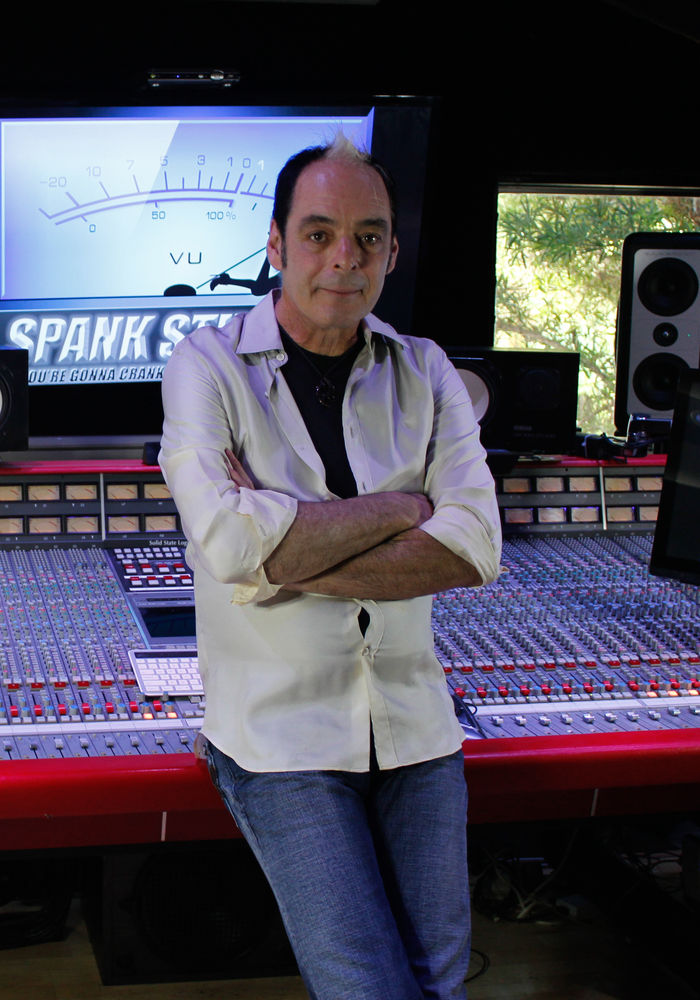Tom Lord-Alge has mixed records for U2, The Rolling Stones, P!nk, Peter Gabriel, Dave Matthews Band, Blink-182, Avril Lavigne, Sum 41, Manic Street Preachers, and Marilyn Manson. Headliner catches up with the legendary mixer at his home in Miami, where he reflects on his start in the industry, his Grammy wins, analogue vs. digital, and chicken salad.
“It's really Chris' fault,” opens Tom Lord-Alge, speaking about his five-time Grammy-award winning mix engineer brother Chris Lord-Alge. “A friend of my mom got Chris a job as a kind of gofer at a studio in New Jersey, which ended up becoming The Sugarhill Gang studio. Chris worked there for a couple of years and he worked on some of those early Sugarhill Gang records. I actually think that he got fired from working there, because they caught him using the studio,” he chuckles.
After this, Tom tagged along with his older brother’s band, who were playing a few local gigs.
Despite only being 15, Tom ended up doing the lights for one of the shows, but his real interest lay in audio. He carried on working in lighting even after Chris left to take a job at a studio in New York. One fateful day, the sound technician didn’t show up.
“The band was like, ‘you're gonna do the sound tonight’. I must have done a good job because the next night they were like, ‘you're our new sound man!’”






